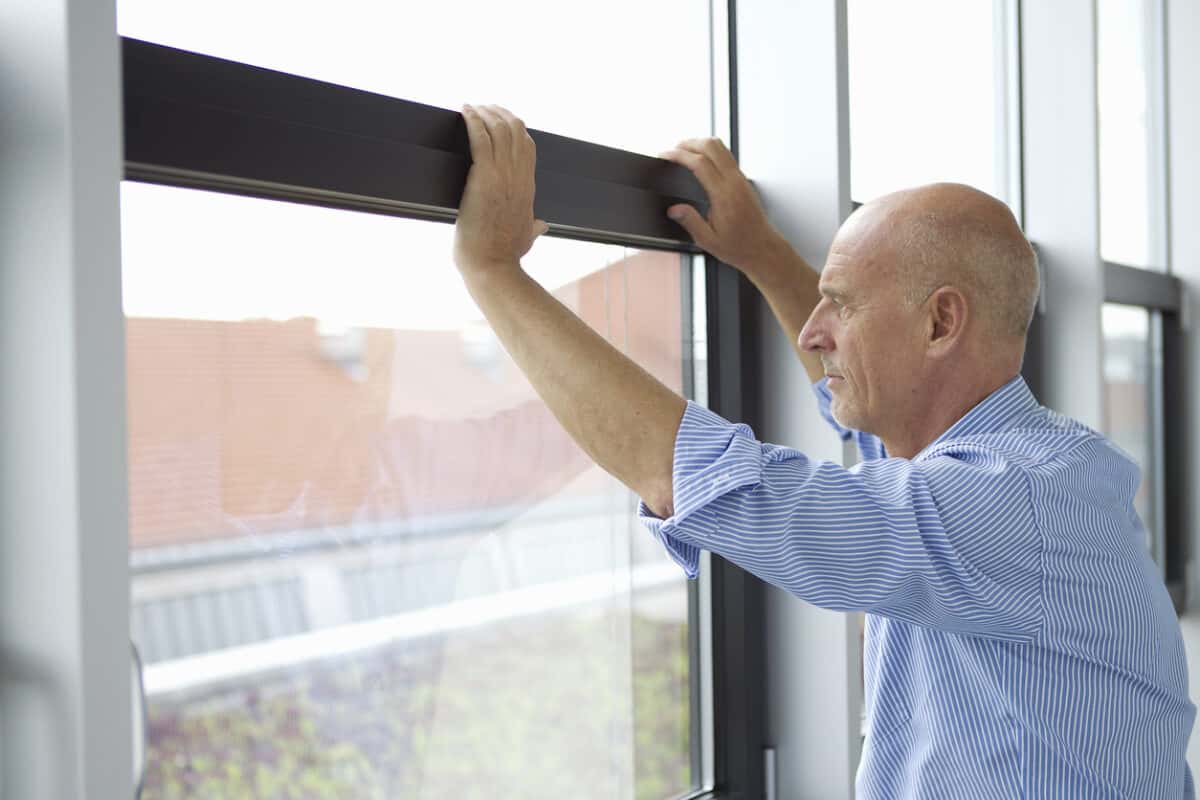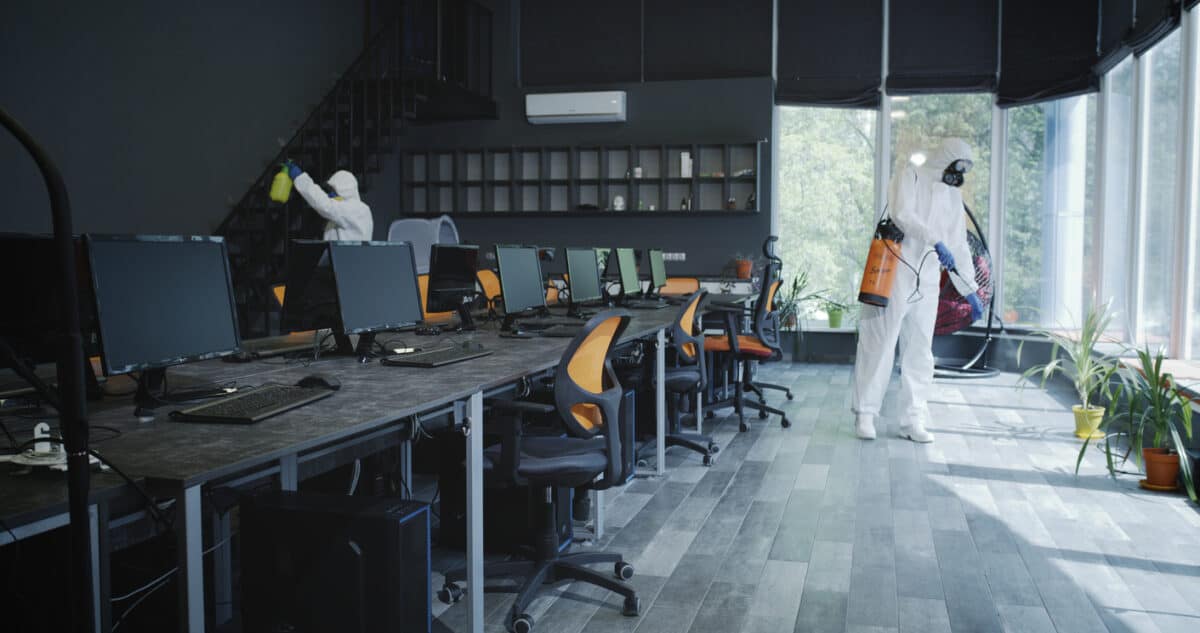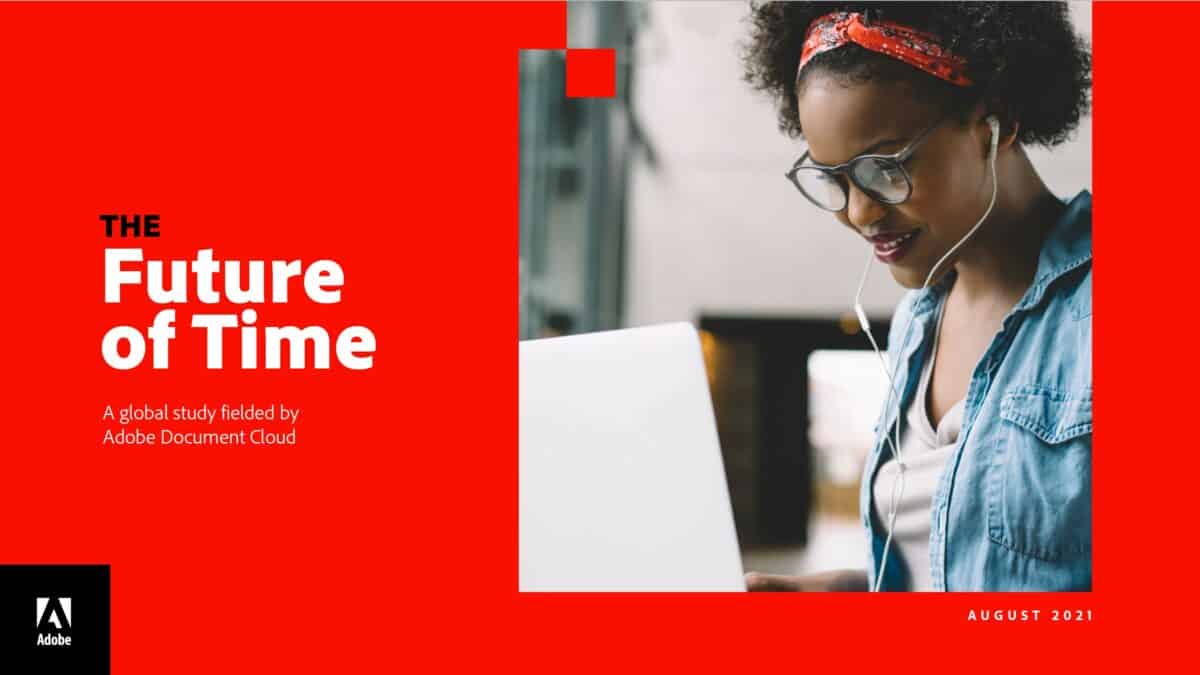Vaccines are currently the most effective tool available to minimise the spread of COVID-19 to large populations. Fortunately, effective vaccines have been able to be manufactured at such a rapid pace. But previous pandemics have not had vaccines and have had to rely, primarily, on hygiene and isolation. Part of the hygiene practice was to ensure that buildings were well-ventilated. Ventilation actions on COVID-19 were part of Europe’s response to the pandemic in 2020, but Australia has only just started to accept the need for improved ventilation as it was very late to the risks of aerosol transmission.
As vaccinated workers return to workplaces in many of Australia’s urban centres, employers will need to assess their occupational health and safety (OHS) duties in new ways, and ventilation will be a significant challenge.







